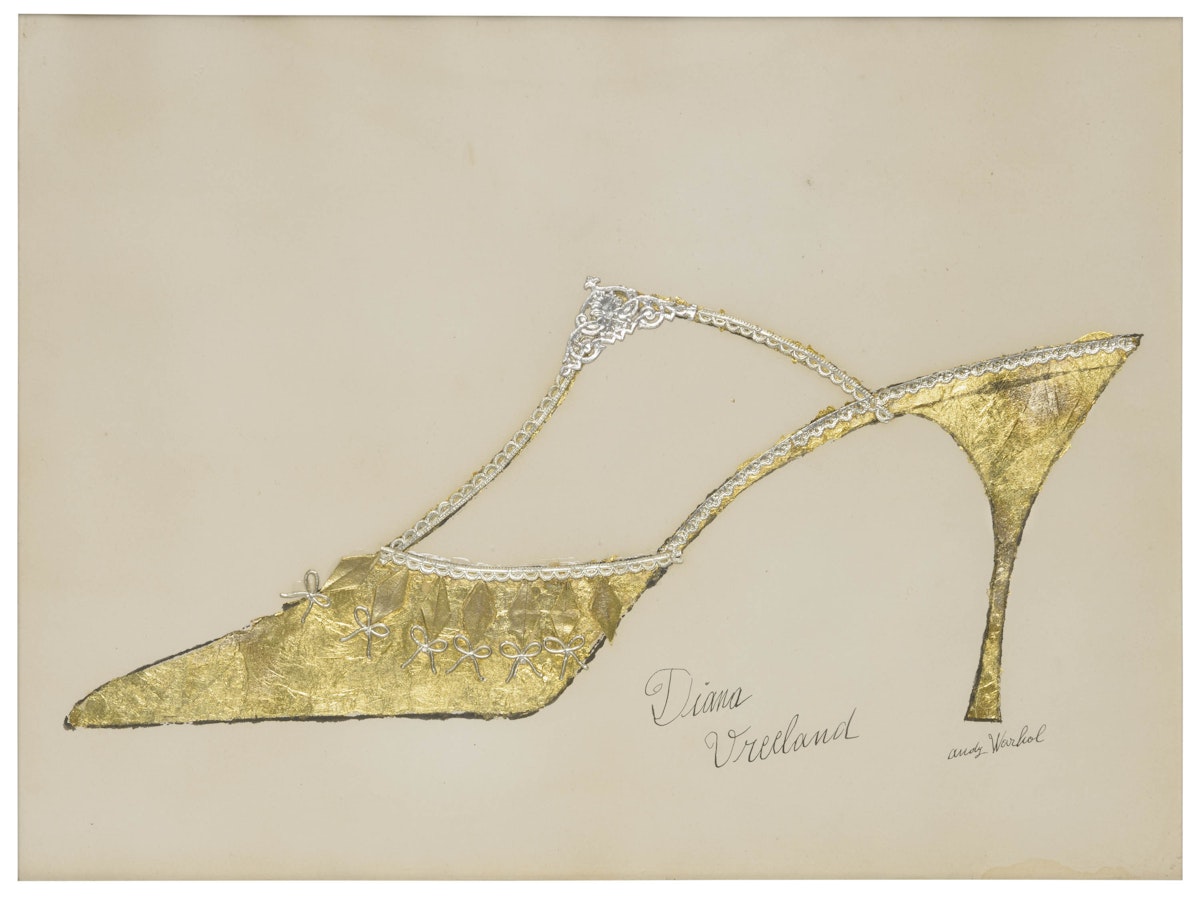
From soup cans to celebrity portraits, electric chairs to album covers, the images of Andy Warhol are among the most recognized and celebrated the world over.
Oct 20, 2019-Jan 26, 2020
Regenstein Hall and the Stone Gallery
This major retrospective—the first to be organized by a US institution in 30 years—builds on the wealth of new research, scholarship, and perspectives that has emerged since Andy Warhol’s early death at age 58 in 1987. More than 400 works offer a new view of the beloved and iconic American Pop artist, not only illuminating the breadth, depth, and interconnectedness of Warhol’s production across the entirety of his career but also highlighting the ways that he anticipated the issues, effects, and pace of our current digital age.




Warhol gained fame in the 1960s for his Pop masterpieces, widely known and reproduced works that often eclipse his equally significant late work as well as his crucial beginnings in the commercial art world. This exhibition brings together all aspects and periods of his varied and prolific career and includes paintings, sculpture, drawings, prints, videos, archival and printed material, installation, films, and media works. By showcasing the full continuum of Warhol’s work, rather than focusing on a certain period, this presentation demonstrates that the artist didn’t slow down after surviving the assassination attempt that nearly took his life in 1968 but entered into a period of intense experimentation.





Warhol, with obvious self-deprecation, described his philosophy as spanning from A to B. As this exhibition decidedly proves, his thinking and artistic production ranged well beyond that, but his true genius lies in his ability to identify cultural patterns and to use repetition, distortion, and recycled images in a way that challenges our faith in images and questions the meaning of our cultural icons.



Leave a Reply